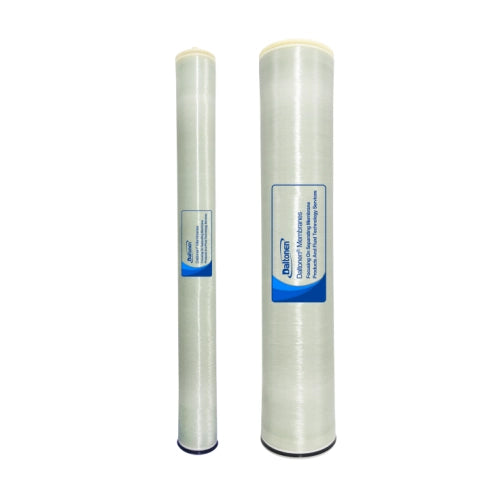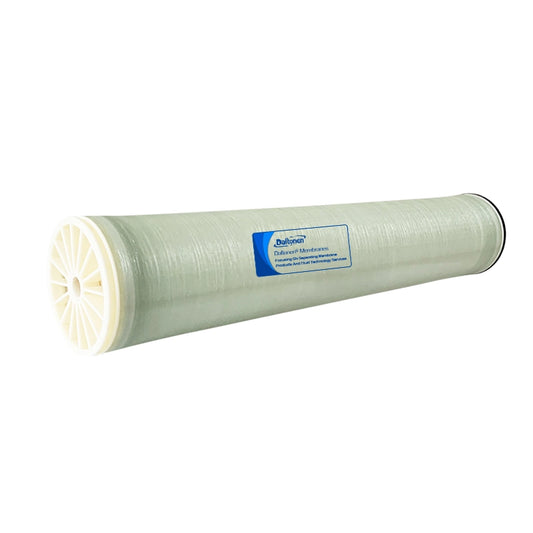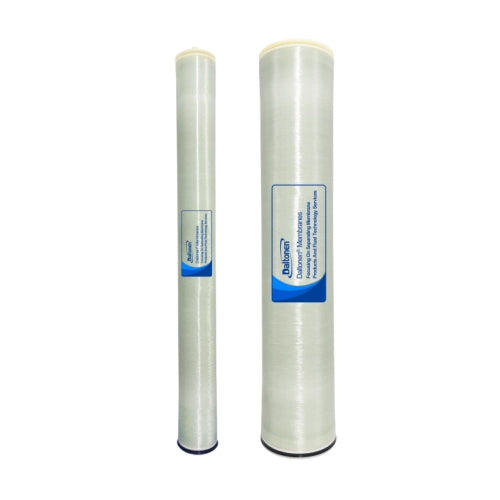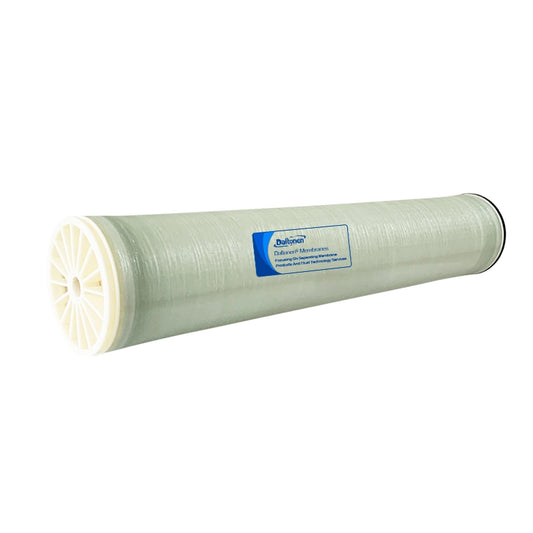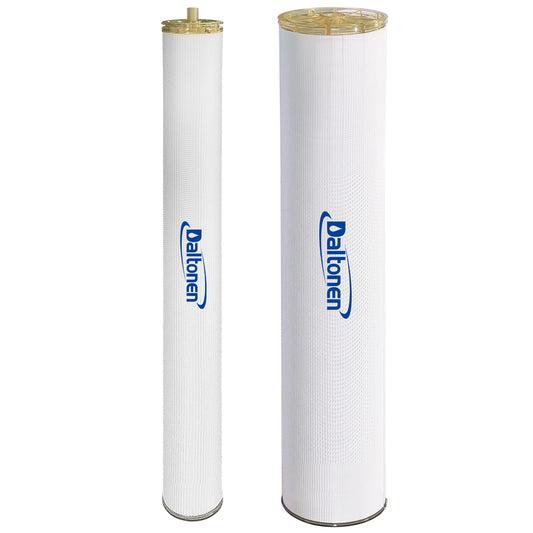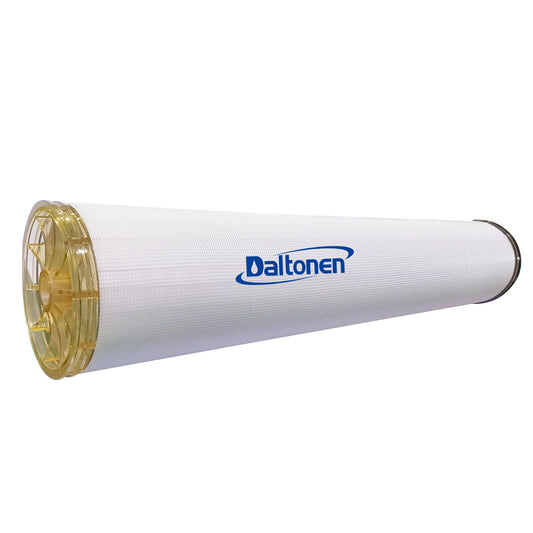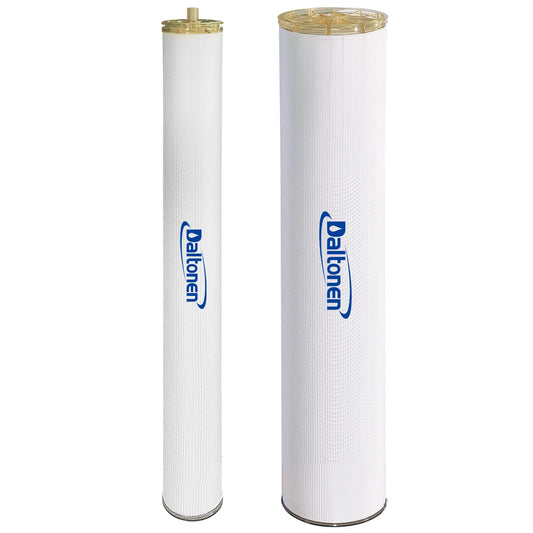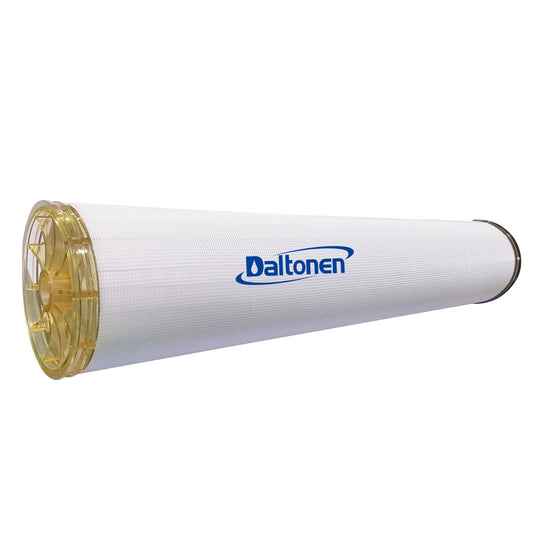Antibiotic API Wastewater Treatment Process and Simplified Plan
05 May 2025
Design Scale: 300 m³/d, Influent COD 12,000~15,000 mg/L, Effluent COD ≤150 mg/L
I. Characteristics of Wastewater and Treatment Challenges
1. Water Quality Features:
-
High Concentration of Organic Matter: COD 12,000~15,000 mg/L, containing antibiotic residues (e.g., Mevastatin, Salinomycin), fermentation by-products, and solvents (e.g., ethyl acetate).
-
Biological Inhibition: Some antibiotics inhibit microbial activity, requiring enhanced pretreatment.
-
Color and Odor: Raw water color >500 times, containing sulfides and volatile organic compounds (VOCs).
2. Treatment Objectives:
-
Effluent COD ≤150 mg/L (in accordance with the "Emission Standard of Water Pollutants for Mixed-Formulation Pharmaceutical Industry" GB 21908-2008).
-
Color ≤30 times, no odor, no residual biological toxicity.
II. Process Design
A combined process of "Physical-Chemical Pretreatment + Composite Catalytic Micro-Electrolysis + Enhanced Biological Treatment + Advanced Treatment" is adopted to reduce pollutant load in stages:

1. Physical-Chemical Pretreatment
-
Equalization Tank (HRT=8 h): Homogenize water quality and quantity, reduce shock load, with aeration stirring to prevent sedimentation.
-
Coagulation and Sedimentation (Optional): If raw water SS >500 mg/L, PAC/PAM is added to remove suspended solids and colloids (COD removal rate of about 10%).
2. Composite Catalytic Micro-Electrolysis System
-
Equipment Parameters:
-
Reactor: 2 parallel units, filled with iron-carbon packing (Fe/C mass ratio 3:1, particle size 2~5 mm) + catalyst (Cu/Fe oxides).
-
Retention Time: 2~3 h, pH adjusted to 2~3 (with sulfuric acid).
-
-
Treatment Effect:
-
COD removal rate ≥35% (reduced to 7,800~9,750 mg/L), color removal rate 80%, VOCs reduction by over 60%.
-
Chain-breaking and ring-opening: Degradation of large-molecule antibiotics into small organic molecules (B/C increased from 0.2 to 0.35).
-
3. Biological Treatment System (A²/O Process)
-
Process Configuration:
-
Anaerobic Tank (A1) (HRT=12 h): Hydrolysis and acidification to further degrade refractory organic matter, with packing for biofilm.
-
Anoxic Tank (A2) (HRT=8 h): Denitrification for nitrogen removal, sodium acetate added as a carbon source (C/N=4~6).
-
Aeration Tank (O) (HRT=24 h): Two-stage series activated sludge method (MLSS=4,000~5,000 mg/L), using high-efficiency aerators (DO=2~4 mg/L).
-
-
Treatment Effect:
-
COD removal rate ≥85% (effluent COD reduced to 1,200~1,500 mg/L), ammonia nitrogen ≤15 mg/L.
-
4. Advanced Treatment
-
Fenton Oxidation (H₂O₂/Fe²+):
-
Add H₂O₂ (0.5~1.0 kg/m³) and FeSO₄, pH=3~4, react for 1~2 h, oxidize residual antibiotics and refractory COD.
-
COD removal rate ≥50% (effluent COD ≤300 mg/L).
-
-
Coagulation and Sedimentation:
-
Add PAC/PAM to remove oxidation products, further reduce COD by 20~30% (effluent COD ≤150 mg/L).
-
-
Disinfection Tank (Sodium Hypochlorite):
-
Add 5~10 mg/L to kill pathogens and decolorize.
-
III. Key Equipment and Operating Parameters
表格
| Equipment/Unit | Parameters and Selection | Remarks |
|---|---|---|
| Composite Catalytic Micro-Electrolysis Reactor | Carbon steel with anti-corrosion material, single unit size Φ3.0×5.0 m | Packing replacement cycle 2~3 years |
| A²/O Biological Tank | Total volume 1,500 m³, plug flow design | Equipped with online DO, ORP monitoring |
| Fenton Oxidation Tower | Enamel reactor, volume 50 m³ | Automatic pH control + dosing system |
| Plate and Frame Filter Press | Filtration area 80 m², cake moisture content ≤70% | Treat residual sludge (5 t/d) |
IV. Operating Effect and Economic Viability
表格
| Indicator | Raw Water | Micro-Electrolysis Effluent | Biological Effluent | Final Effluent |
|---|---|---|---|---|
| COD (mg/L) | 12,000~15,000 | 7,800~9,750 | 1,200~1,500 | ≤150 |
| Color (times) | 500 | 100 | 50 | ≤30 |
| Odor | Strong | Slight | None | None |
-
Investment Cost: Approximately 8~10 million yuan (including civil construction, equipment, and installation).
-
Operating Cost:
-
Electricity: 1.2~1.5 yuan/m³ (mainly for micro-electrolysis + aeration);
-
Chemicals: 0.8~1.0 yuan/m³ (acids, Fenton reagents, PAC, etc.);
-
Sludge Disposal: 0.3~0.5 yuan/m³.
-
V. Precautions
-
Biological Inhibition Control: Micro-electrolysis effluent should be adjusted to neutral pH (6~8) before entering the biological system to avoid acid inhibition of microorganisms.
-
Sludge Acclimatization: Initially add special bacteria (e.g., white rot fungi, salt-tolerant bacteria), gradually increase antibiotic load to design value.
-
Safety Protection: The micro-electrolysis unit should be equipped with explosion-proof devices, and VOCs gases should be collected and treated with activated carbon adsorption.
-
Water Quality Monitoring: Daily detection of antibiotic residues (by HPLC) to ensure no biotoxic substances enter the biological system.
VI. Optimization Suggestions
-
Alternative Solution: If COD in the biological section fluctuates significantly, an MBR membrane bioreactor (replacing the secondary clarifier) can be added to increase sludge concentration and resistance to shock loads.
-
Resource Recovery: High-concentration waste acid (from micro-electrolysis stage) can be recycled to produce ferrous sulfate for the Fenton oxidation unit.
This plan can achieve efficient and stable compliance for antibiotic wastewater treatment, balancing economic viability and operability, and is suitable for similar high-concentration pharmaceutical wastewater treatment scenarios.
Tags:
